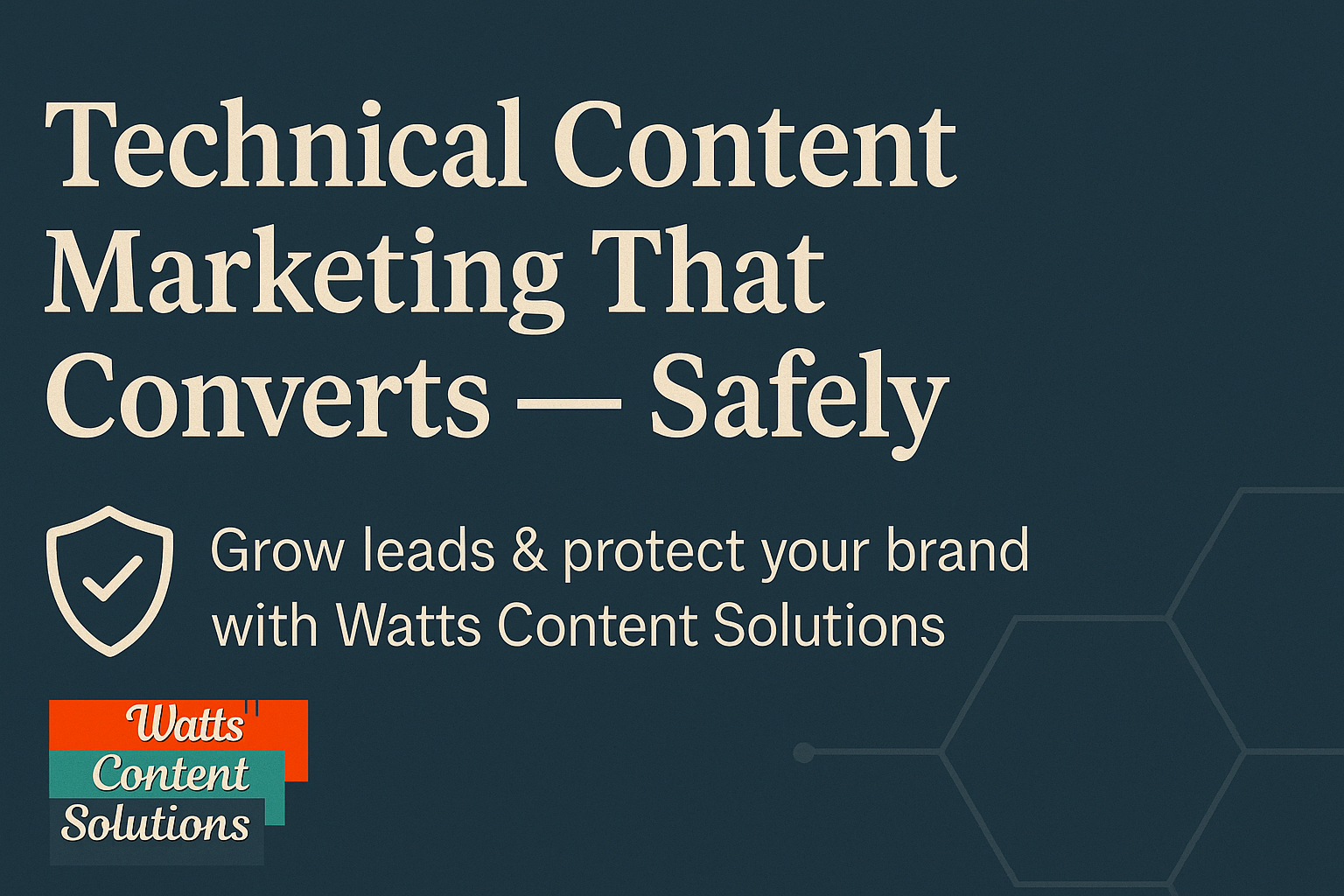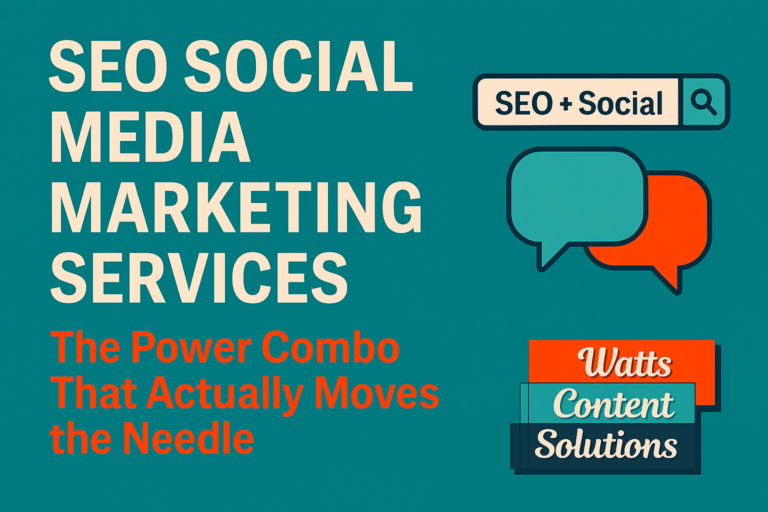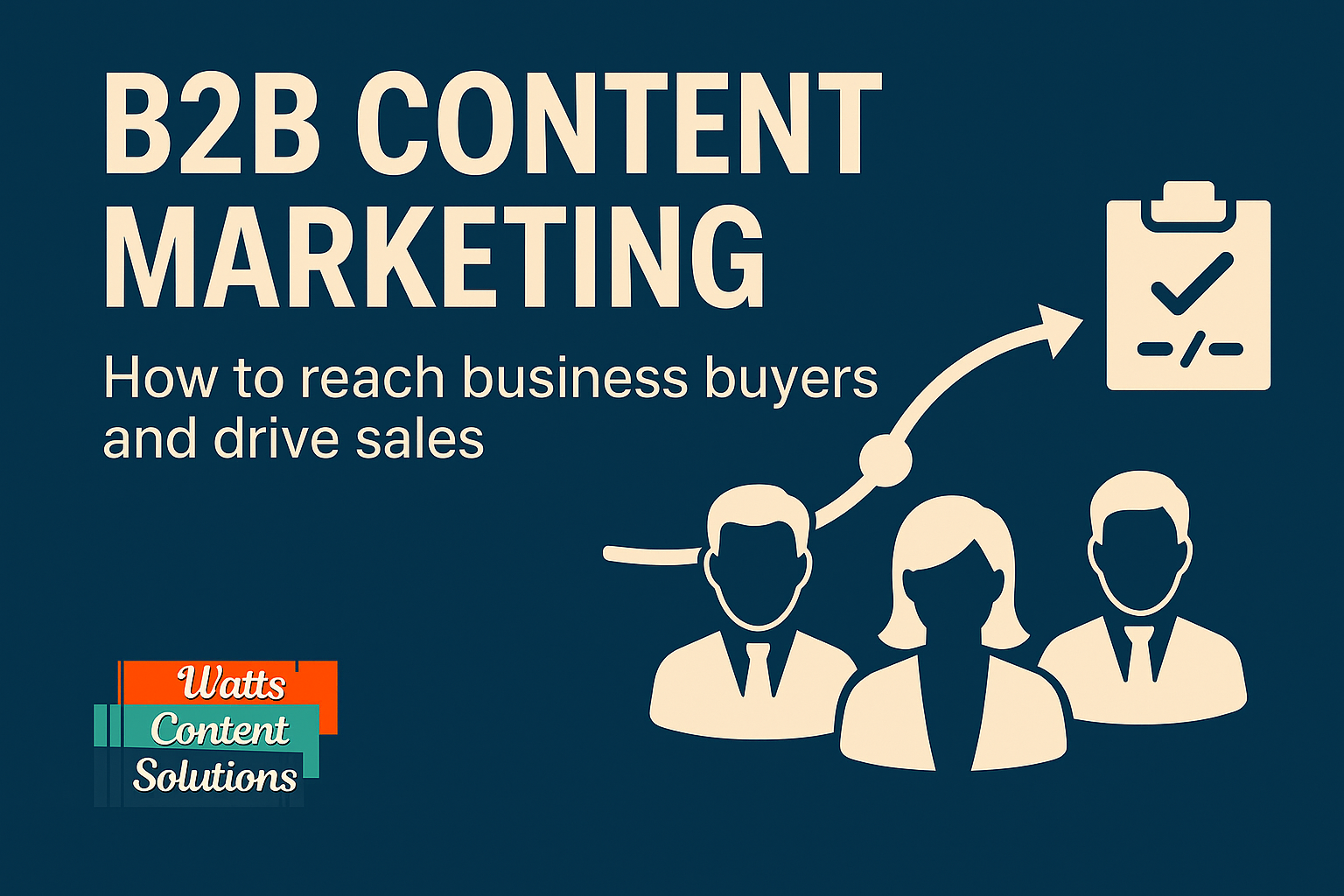Best Content Marketing Strategy: A Proven Framework to Grow Your Business

If you’ve ever poured hours into blog posts, social content, or email campaigns only to see little traffic and no new business, you’re not alone. For years I watched teams hit publish and hope something would happen. That was me early in my career too, until I learned one simple but game-changing truth:
Content without strategy is just noise.
After more than a decade in marketing strategy and content, I’ve learned that the best content marketing strategy isn’t about doing more. It’s about doing what matters. Here’s the exact framework I use to help brands, especially small marketing teams, go from invisible to influential.
Why a Documented Strategy Changes Everything
At one organization where I led marketing strategy, the team created content at random . A blog post here, a social post there with no clear plan. We stopped guessing and built a strategy around what customers actually wanted and how competitors were showing up.
We started with the voice of the customer: digging into what buyers feared, what they wanted to achieve, and how they made decisions. Then we looked at the competitive landscape and built campaigns and nurture programs that answered real questions and guided people toward us.
The results were hard to ignore:
- Blog production grew from almost nothing to 86 posts in a year
- Email traffic jumped 243%
- Referral traffic increased fivefold
- Leads more than doubled
That wasn’t luck. It was strategy.
The Framework I Use for the Best Content Marketing Strategy
This is the same process I use with clients at Watts Content Solutions.
1. Define Your Ideal Customer Profile
Before a single headline is written, know exactly who you’re talking to. Not just job titles, but fears, desires, and decision triggers. Pull insights from real conversations, sales calls, reviews, and research. Skip the “general content” trap.
If you are doing B2B marketing take the industry, organizations, and buying group into consideration as well. Knowing the ideal person and organizations means you get your messaging right so that you get them to connect to you long before you sell them on anything.
2. Pick the Right Channels
You don’t have to be everywhere. Focus on the platforms that actually reach your audience. I’ve guided teams to go deep on LinkedIn and webinars for B2B launches and Pinterest plus SEO blogging for consumer brands. Choose your lanes and commit. Wondering where your audience spends their time online? Refer back to step one and do your research into where they spend the most time online.
3. Build SEO Into Everything
Great content no one can find is wasted effort. Do keyword research so you’re answering what people actually search for that has little to no competition makig it easier for you to show up high in rankings. Make sure your site is fast and your metadata is clear and helpful. Small details here pay off long-term. And SEO is defintely long term. Even if you do not see anyt results from the efforts the first few months, you will be happ when you see the long-term benefit.
4. Map the Buyer Journey
People rarely go from stranger to buyer in one step. Create content for each stageof the customer buying journey.
- Awareness: blog posts, social tips, thought leadership
This is where you tell them who you are and that you understnad who they are. its all about building credibility here and showing up as a thought leader.
- Consideration: guides, case studies, comparisons
This is where they know who you are and they are consdering doing business with you and may even be comparing you to your competitors. Create content to show why you stnad out.
- Decision: demos, calls, service breakdowns
They want to do business with you but they want to be assured that this is the right choice. Here is where your content needs to overcome objections without coming off as pushy of salsy, which can be a fine balance.
Think of it like a conversation. Build trust before the ask.
5. Create a Content Calendar You’ll Actually Use
Consistency beats volume. It’s better to post one strong blog every other week than five random ones. Plan your topics, repurpose content across channels, and track what works. Conistency goes a long way over time.
6. Measure and Refine
Marketing isn’t set and forget. Track traffic, conversion rates, and leads. Study what content moves buyers forward and double down on it. And remove content and tactics that are not serving you.
Mistakes to Avoid
- Chasing broad, low-intent keywords. Ranking for “marketing” won’t help. “Best content marketing strategy for small businesses” will.
- Posting just to post. Random memes and tips don’t move your audience closer to working with you.
- Ignoring repurposing. A single strong article can feed multiple channels.
How to Put This Into Action — Or Get Help
If you want to start now:
- Talk to your last five customers. Ask why they bought and what almost stopped them.
- Research the questions they’d Google for keyword research. Tools like Ubersuggest and Keywords Everywhere can help.
- Pick one or two channels online and show up there consistently.
- Track traffic, engagement, and leads each month. Adjust as you learn.
If you’d rather skip the trial and error, this is exactly what I do at Watts Content Solutions. My Content Marketing Strategy Blueprint takes this process and turns it into a clear, actionable plan with messaging, SEO, and channel strategy ready to go. You’ll know what to create, where to publish, and how to measure ROI.
What Is the Content Marketing Strategy Blueprint?
The Content Marketing Strategy Blueprint is the signature service I created for small marketing teams and business owners who want a clear, actionable plan without wasting time or money. It’s not just a document; it’s a playbook built from more than a decade of strategy and content experience.
Inside your Blueprint you’ll get:
- Deep Audience Clarity — clear buyer personas and messaging that speak to what your customers actually care about
- Channel Focus — know exactly where to spend your marketing energy (no more “be everywhere” pressure)
- SEO Roadmap — keyword research and content ideas to bring in organic traffic and build authority
- Content Calendar — topics and publishing schedule you can follow right away
- Measurement Plan — how to track what’s working so you can double down on results
If you’ve been posting without a plan or struggling to see ROI from your content, this is where you start.
Check out the Content Marketing Strategy Blueprint and get a clear path to drive traffic, leads, and sales.
Final Thoughts
The best content marketing strategy is a repeatable framework: know your audience, focus your channels, build for search, nurture buyers, and refine over time. Doing it alone can be overwhelming and expensive if you get it wrong.
If you’re ready to stop guessing and start growing, let’s talk. You can book a free consultation call (especially if you’re a Black-owned business looking to level up) or check out my Content Marketing Strategy Blueprint.






